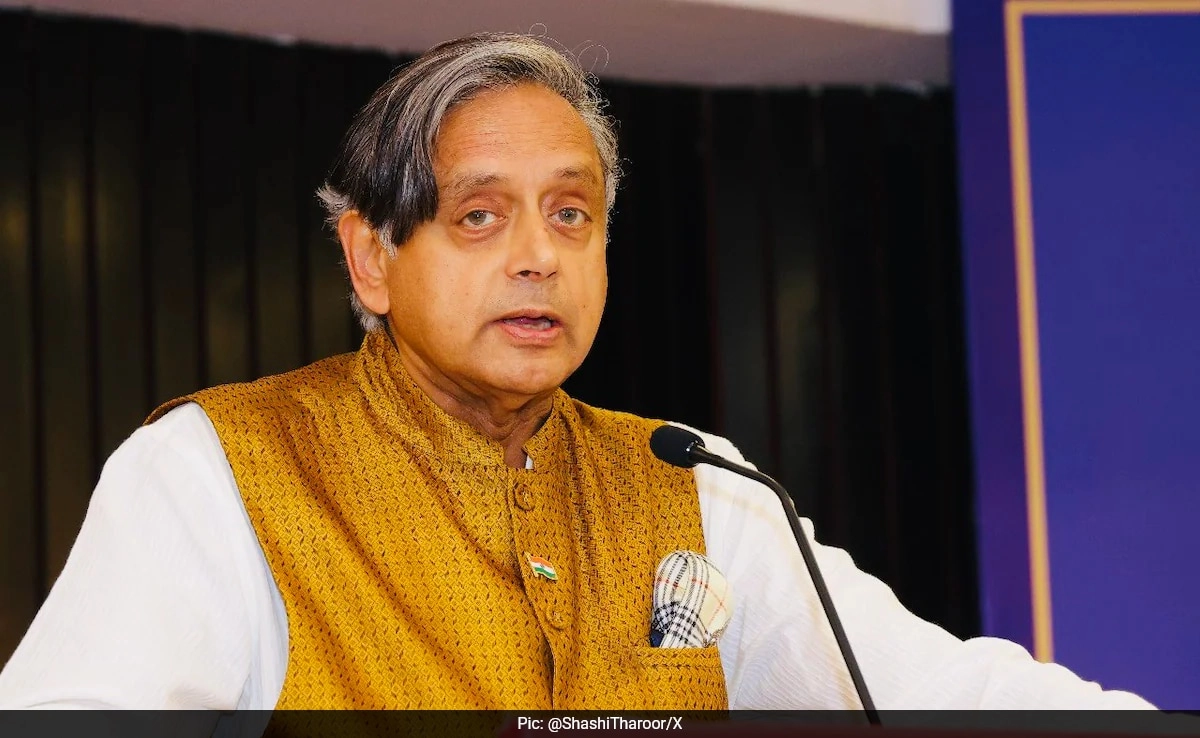Delhi Minister has recently confirmed that there was no waterlogging at Minto Bridge during the recent heavy rains, providing evidence to support this claim. This statement comes in the wake of previous instances where the area faced significant water accumulation, leading to concerns regarding the city’s drainage system and infrastructure readiness for monsoon conditions. The Minister’s assurance is not just a statement but also a reflection of the efforts made by the local government to enhance the city’s resilience against flooding.
To substantiate his claim, the Minister shared photographic evidence showing the current state of the Minto Bridge area, which remained clear and free of waterlogging. This development is particularly noteworthy given the historical context of heavy rains causing disruptions and traffic issues in the past. The government’s proactive measures, which may include improvements in drainage systems and better urban planning strategies, appear to have yielded positive results this time around.
Moreover, the Minister’s statement highlights the importance of ongoing maintenance and upgrades to infrastructure as cities face increasingly erratic weather patterns due to climate change. By addressing the waterlogging issues effectively, the Delhi government not only enhances public safety but also boosts the confidence of its residents in the administration’s ability to manage urban challenges. Such improvements are crucial for a city like Delhi, which experiences significant rainfall during the monsoon season and where waterlogging can severely affect daily life and economic activities.
As the season continues, it will be important for the government to maintain this momentum and ensure that other areas prone to flooding are similarly addressed. The success at Minto Bridge could serve as a model for future infrastructure projects and maintenance protocols, highlighting the need for a comprehensive approach to urban planning that takes into account the growing challenges posed by climate variability. This incident serves as a reminder that effective governance and timely interventions can lead to tangible improvements in urban living conditions.




